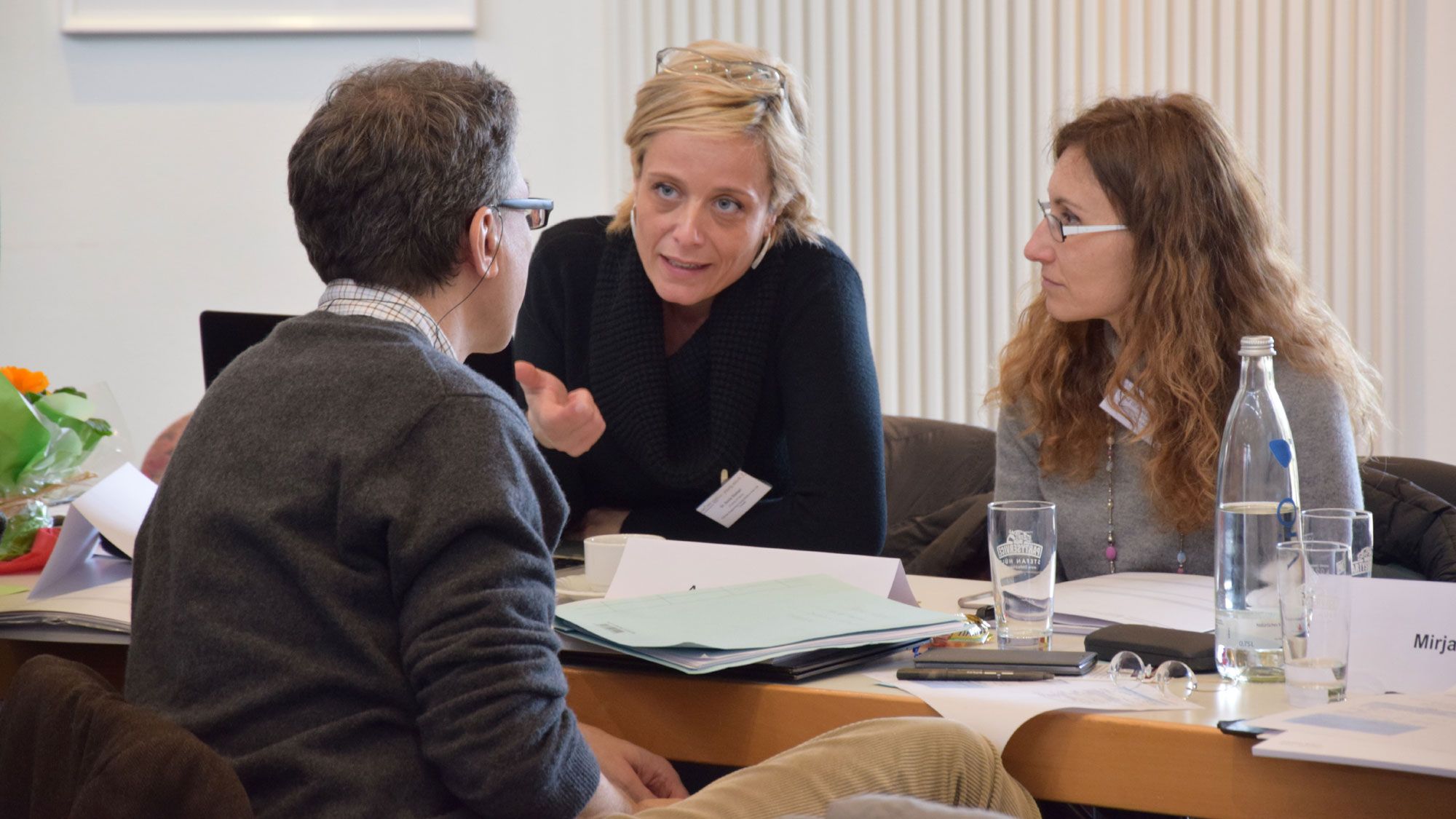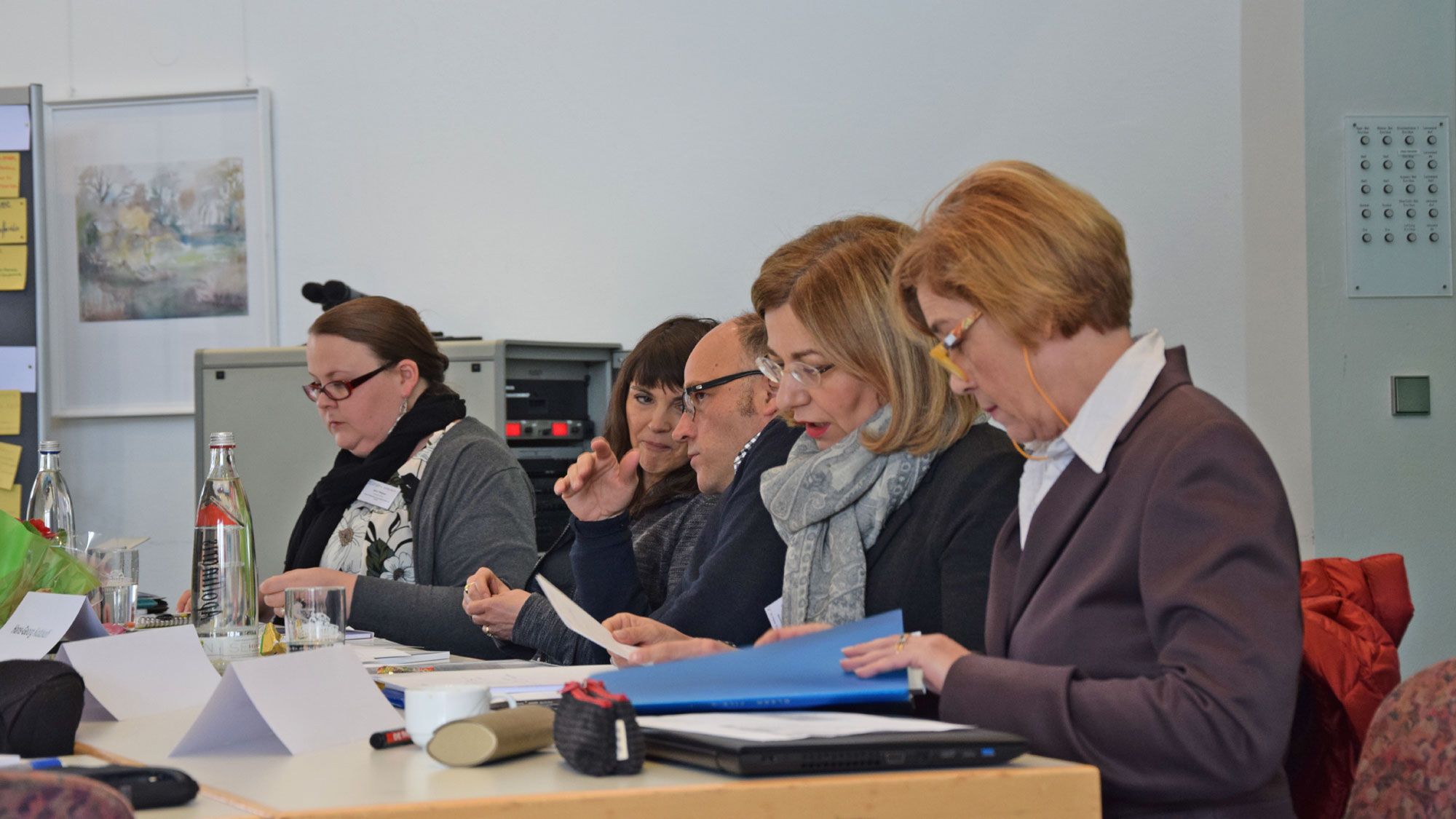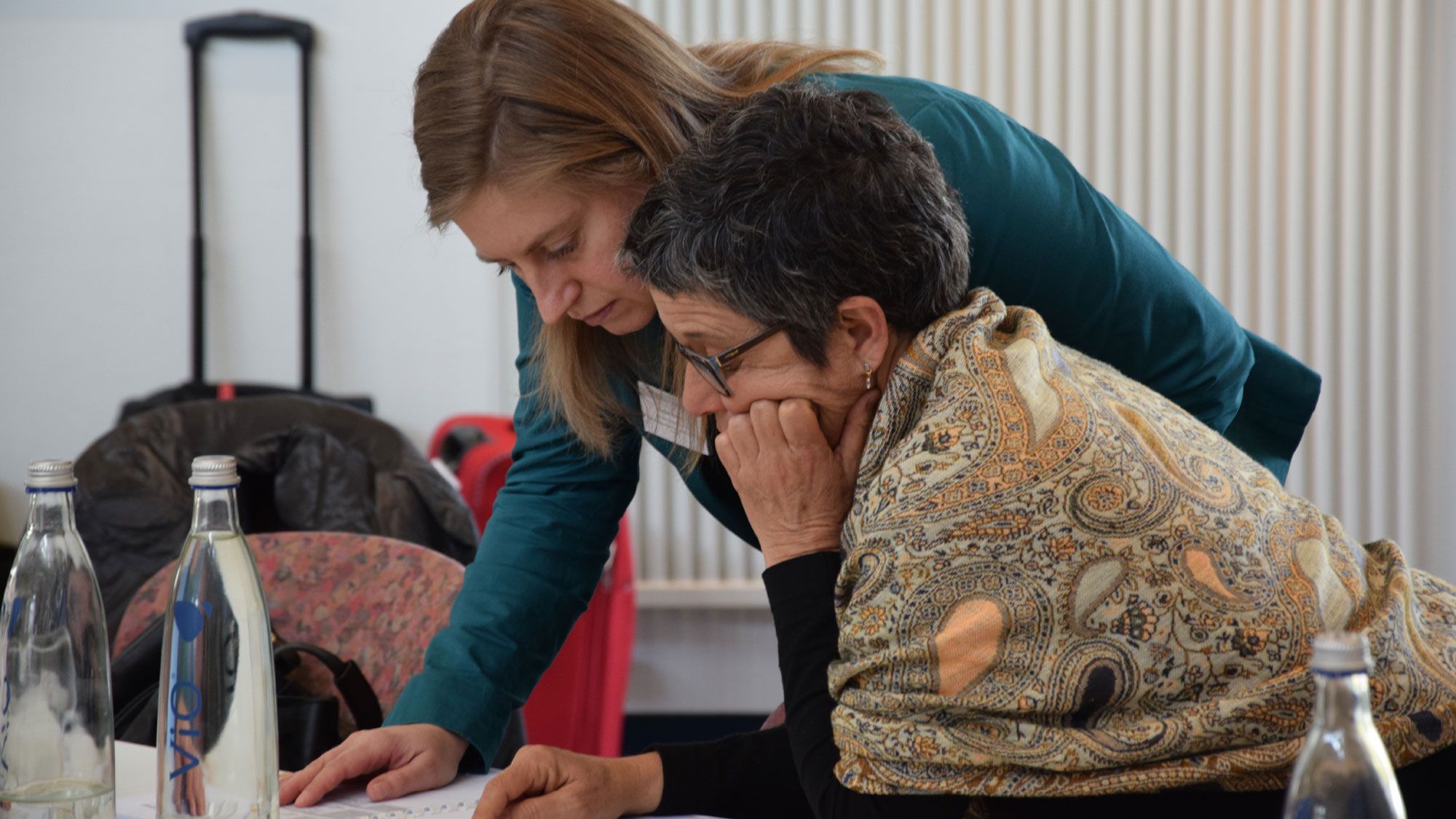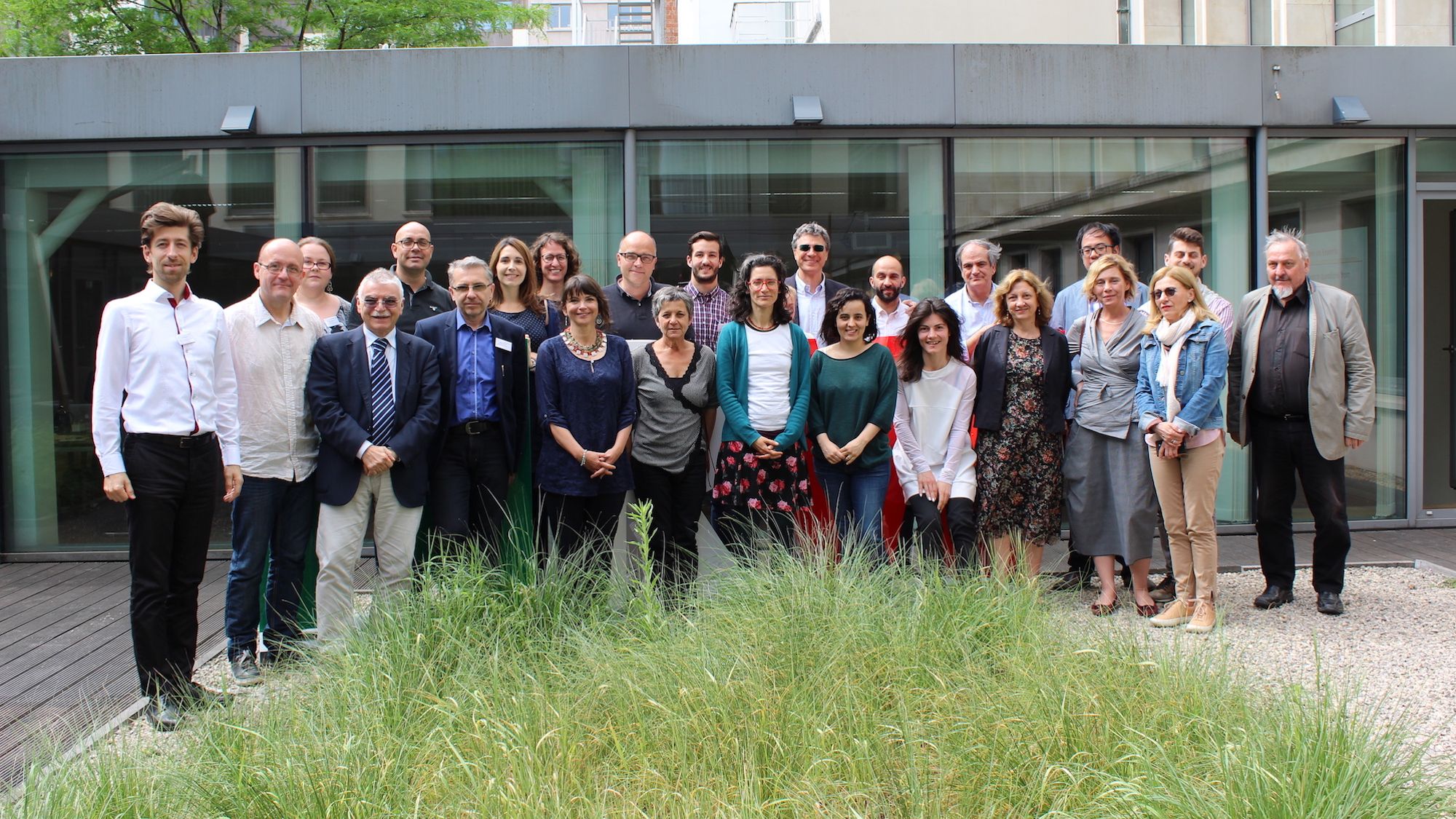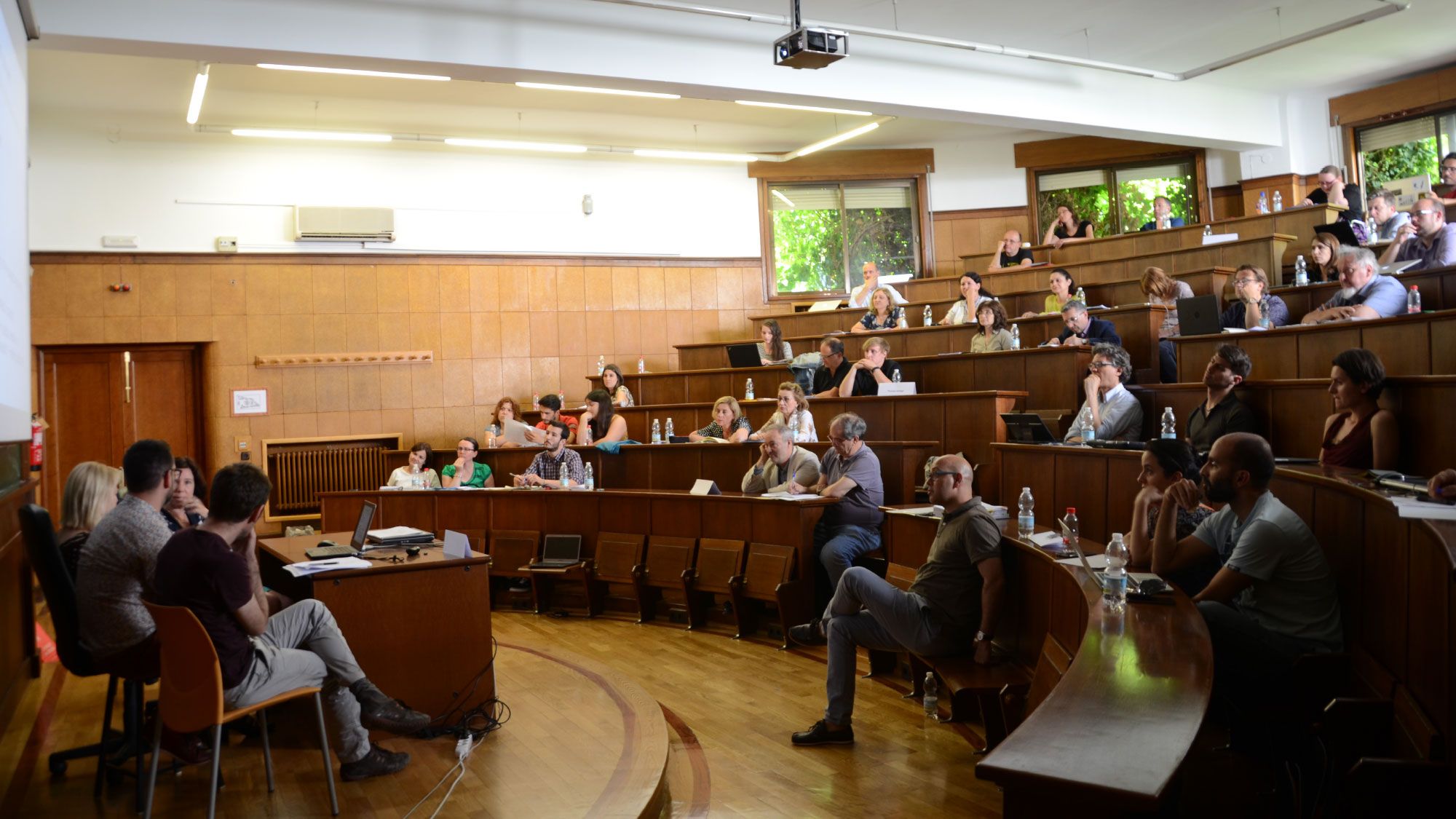Types of education systems
The term “education system” includes all institutions which are concerned with the education of children, young persons and adults, in particular preschool/Kindergarten, preschool/nursery school, primary school, lower secondary school, vocational upper secondary school, general upper secondary school or Gymnasium/grammar school/Lycée, high schools, vocational schools, and on tertiary level polytechnics/Fachhochschule, universities and also institutions of adult education like adult education centres.
The structure of the educational system varies between nations and also occasionally within the nations in different regions/states (e.g. in Germany). Specific differences concern the question if and when youngsters/children are separated and selected to go to different schools. The division into one or more types of school may be the fact right after four years of schooling or after primary school, and in some systems the possibilities are open very early to continue in different tracks at the end of each type of school. In some systems the schooling is more comprehensive at least during the first nine years. Although the different education systems vary according to selective or comprehensive schooling, all systems can be classified according to the International Standards Classification of Education (ISCED) to specific levels in terms of formal and non-formal education: Early childhood education (level 0), Primary education (level 1), Lower secondary education (level 2), Upper secondary education (level 3), Post-secondary non-tertiary education (level 4), Short-cycle tertiary education (level 5), Bachelor or equivalent (level 6), Master or equivalent (level 7), Doctoral or equivalent (level 8), and Not elsewhere classified (level 9) (UNESCO UIS 2011). In this YOUNG_ADULLLT – research we specifically conduct research on young adults aged from 18 to 29 years, so the formal and non-formal educational institutions and organisations that are concerned with this age group are mostly in secondary and tertiary level as well as adult education level, meaning the ISCED levels 3, 4, 5 and 9 are of particular interest in terms of transitions from school to work or vocational training or from school to further education respectively, thereby regarding these points of transition as situations of increased structural vulnerability. Thus, the conception of education ‘systems’ as a well-integrated whole that put the students through is weakened.
The categorisation of type of educational system according to stratification and standardization may go like Jutta Allmendinger presents it (national examples from EU GOETE- and YOUNG_ADULLLT-research). These attributions, however, should be regarded as assessments.
Table 1. Categorisation of countries; based on Allmendinger (1989).
|
|
STRATIFICATION |
||
|
low |
high |
||
|
STANDARDISATION |
high |
High-level comprehensive |
High-level differentiated |
|
Finland (G) Slovenia (G) Portugal (YA) Bulgaria (YA) Croatia (YA) |
Germany (G) Netherlands (G) France (G) Austria (YA) |
||
|
low |
Low-level comprehensive |
Low-level differentiated |
|
|
United Kingdom (G) Italy (G) Poland (G) Spain (YA) |
– |
||
The structure of the education systems also differs by the governance and the ownership of the school system; there are totally public rather monolithic systems and then also segmented systems with also private schools. In this project research focuses on the situation of young adults and differing (LLL) educational policies from a national, in terms of functional region, and international (comparative) perspective. Based on the categorisation by Allmendinger it is important to understand how the various education systems provide necessary certificates and/or skills in order to enable young adults to enter the labour market, be it more tied to certificates or training-on-the-job, thus displaying the influence of the respective type of education system.
References
Allmendinger, J. (1989). Educational Systems and Labor Market Outcomes, in European Sociological Review, Vol. 5, pp. 231-250.
Hörner, W., Döbert, H., Reuter, L. R. & von Kopp, B., (Eds.) (2015). The Education Systems of Europe, 2nd edition. Cham: Springer.
European Commission/Eurydice. Countries. Description of national education systems. Available online: https://webgate.ec.europa.eu/fpfis/mwikis/eurydice/index.php/Countries.
UNESCO Institute for Statistics (2012). International Standards Classification of Education ISCED 2011. Available online: http://www.uis.unesco.org/Education/Documents/isced-2011-en.pdf.
This entry is a revised version of the GOETE entry ‘Education system(s)’ (http://www.goete.eu/glossary)
(Risto Rinne & Anne Weiler)


